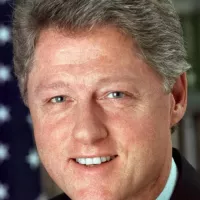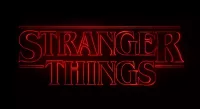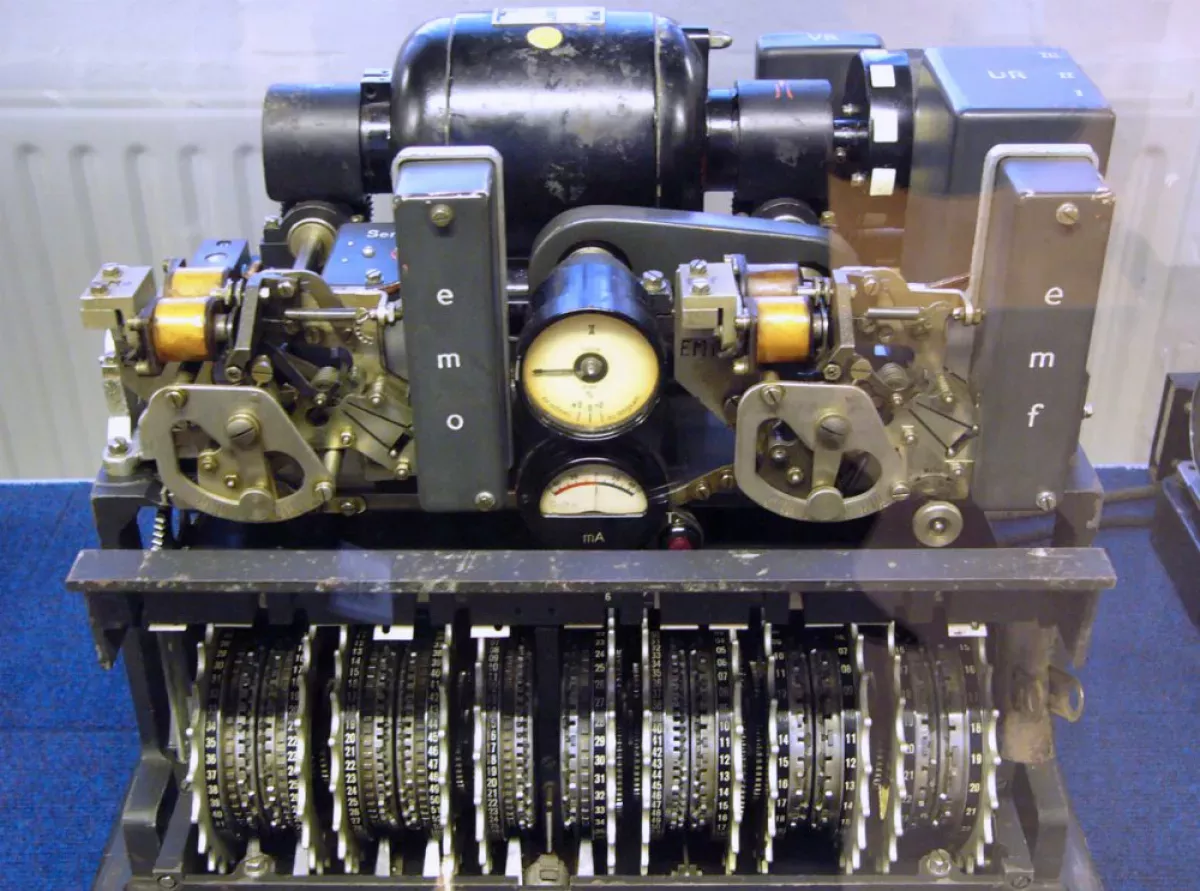Cryptography is the science of secure communication in the presence of adversaries. It involves creating and analyzing protocols to protect private messages from unauthorized access. This field draws upon mathematics, computer science, information security, and other disciplines. Its applications are vast, including e-commerce, digital payments, computer security, and military communications.
1900: Earliest Known Use of Cryptography
Around 1900 BCE, the earliest known use of cryptography was discovered as carved ciphertext on a stone in Egypt. The purpose of this ciphertext is unclear, as it may have been for amusement rather than concealing information.
1900: Bazeries Reinvention of Jefferson's Wheel Cipher
Around 1900, Bazeries independently reinvented Thomas Jefferson's wheel cipher, a device for encryption and decryption. This cipher was not publicly known at the time of Bazeries's reinvention.
1970: James H. Ellis Conceptualizes Asymmetric Key Cryptography
Around 1970, James H. Ellis conceived the principles of asymmetric key cryptography, a groundbreaking concept in the field.
1973: Clifford Cocks Develops a Solution Similar to RSA
Clifford Cocks invented a solution conceptually similar to RSA in 1973, demonstrating an early understanding of what would become a cornerstone of public-key cryptography.
1974: Malcolm J. Williamson Develops Diffie-Hellman Key Exchange
In 1974, Malcolm J. Williamson is credited with developing the Diffie-Hellman key exchange, showcasing independent discovery of this critical cryptographic concept.
June 1976: Public Awareness of Symmetric-Key Cryptography
Until June 1976, symmetric-key cryptography, where both the sender and receiver use the same key, was the only publicly known encryption method.
1976: Diffie-Hellman Key Exchange Algorithm Published
Whitfield Diffie and Martin Hellman published the Diffie-Hellman key exchange algorithm in 1976, marking a significant advancement in the field of cryptography.
1976: Public-Key Cryptography Introduced
Whitfield Diffie and Martin Hellman revolutionized cryptography in 1976 with their proposal of public-key cryptography, a system utilizing two mathematically related keys - a public key and a private key, marking a significant advancement since polyalphabetic substitution.
1977: RSA Algorithm Published
In 1977, the RSA algorithm, a significant development in cryptography, was published in Martin Gardner's Scientific American column.
1978: RSA Algorithm Solves Public-Key Encryption
Ronald Rivest, Adi Shamir, and Len Adleman successfully ended the search for a practical public-key encryption system in 1978 with their solution, now known as the RSA algorithm.
June 1991: PGP Source Code Released Online
The source code for Pretty Good Privacy (PGP), an encryption program developed by Philip Zimmermann, was published on the internet in June 1991, prompting a legal battle over cryptography export regulations in the US.
1993: Clipper Chip Introduced
The Clipper chip, an encryption microchip intended for government surveillance, was introduced in 1993, sparking controversy over its potential for abuse and weakening of cryptographic security.
1995: Bernstein v. United States Case Begins
In 1995, Daniel J. Bernstein initiated a lawsuit against the US government, challenging the restrictions on cryptographic algorithms as an infringement on free speech rights.
1996: Wassenaar Arrangement Signed
The Wassenaar Arrangement, an international agreement regulating the export of arms and dual-use technologies including cryptography, was signed by 39 countries in 1996.
1997: GCHQ Reveals Anticipated Cryptographic Developments
A 1997 publication by the British intelligence organization GCHQ revealed that their cryptographers had foreseen several academic advancements in the field.
1998: Digital Millennium Copyright Act (DMCA) Enacted
President Bill Clinton signed the DMCA in 1998, criminalizing the production and distribution of technologies designed to circumvent digital rights management (DRM) schemes, impacting cryptography research.
1998: Skipjack Cipher Declassified
The Skipjack encryption algorithm, used in the controversial Clipper chip, was declassified in 1998, years after the Clipper initiative lost momentum.
1999: Court Rules Cryptographic Source Code Protected as Free Speech
A 1999 ruling in the Bernstein v. United States case affirmed that publishing source code for cryptographic algorithms is protected under the First Amendment right to free speech.
1999: France Relaxes Cryptography Restrictions
France significantly eased its restrictions on the domestic use of cryptography in 1999, marking a shift in its stance on cryptographic technology.
2000: US Relaxes Cryptography Export Restrictions
In 2000, the United States significantly relaxed its export controls on cryptography, making it easier to export software with strong encryption capabilities.
2000: Kamasutra Documents Ciphers
In India, the Kamasutra, written approximately 2000 years ago, discusses two types of ciphers: Kautiliyam and Mulavediya. Kautiliyam uses phonetic relations for letter substitution, while Mulavediya pairs letters and utilizes reciprocals.
2007: Blu-ray and HD DVD Encryption Keys Leaked
The release of encryption keys for Blu-ray and HD DVD content on the internet in 2007 led to widespread DMCA takedown notices, igniting debates about fair use and free speech in the digital age.
2009: First Conviction Under UK's Regulation of Investigatory Powers Act
The UK's Regulation of Investigatory Powers Act, which allows law enforcement to compel individuals to reveal encryption keys, led to its first successful prosecution in 2009, resulting in a prison sentence and highlighting the legal challenges to encryption privacy.
2011: SHA-2 Family and the Need for a New Standard
By 2011, the SHA-2 family, while an improvement over SHA-1, was found to be vulnerable to clashes, prompting the US standards authority to call for a new standard, SHA-3, to enhance security and robustness.
2011: Cryptanalysis of SHA-2 Hash Functions
In 2011, cryptanalysts identified vulnerabilities in the SHA-2 hash function family, leading to the need for a more robust cryptographic hash standard.
October 2, 2012: NIST Announces Keccak as SHA-3 Hash Algorithm
On October 2, 2012, the US National Institute of Standards and Technology (NIST) announced Keccak as the winner of the SHA-3 hash function design competition, making it the new US national standard.
2012: United States v. Fricosu and the Fifth Amendment
The case of United States v. Fricosu in 2012 brought up the issue of whether forcing someone to give up their encryption password violates the Fifth Amendment's protection against self-incrimination. The EFF argued that it did, while the court ultimately ruled that the defendant had to provide an unencrypted hard drive under the All Writs Act.
2016: FBI–Apple Encryption Dispute
The FBI–Apple encryption dispute in 2016 centered around whether US courts could force manufacturers to help unlock cell phones with encrypted content, raising major legal and privacy concerns.
Mentioned in this timeline

Bill Clinton the nd U S President - served as...
India officially the Republic of India is a South Asian...
France officially the French Republic is primarily located in Western...
Trending

2 months ago Cowboys Rumored to Target Maxx Crosby in Potential Trade with Raiders.
4 months ago Matt Chapman to IL with hand inflammation; Giants recall Landen Roupp.

7 months ago Chris Olave Trade Rumors Surface Amidst Derek Carr's Retirement and Eagles Interest
2 months ago The Rainmaker Season 1 Finale: Deaths, Breakups, and Trial Outcomes Explained.
9 months ago Regal Cinemas: New Bronx Theater Opens, Round Lake Plans Emerge, $3 Screenings Offered!
Niger is a landlocked country in West Africa bordered by seven other nations With a land area of nearly million...
Popular

XXXTentacion born Jahseh Dwayne Ricardo Onfroy was a controversial yet...

Ben Shapiro is a prominent American conservative political commentator media...

Candace Owens is an American conservative political commentator and author...

William Franklin Graham III commonly known as Franklin Graham is...
The Kennedy Center Honors are annual awards recognizing individuals and...

Stranger Things created by the Duffer Brothers is a popular...
